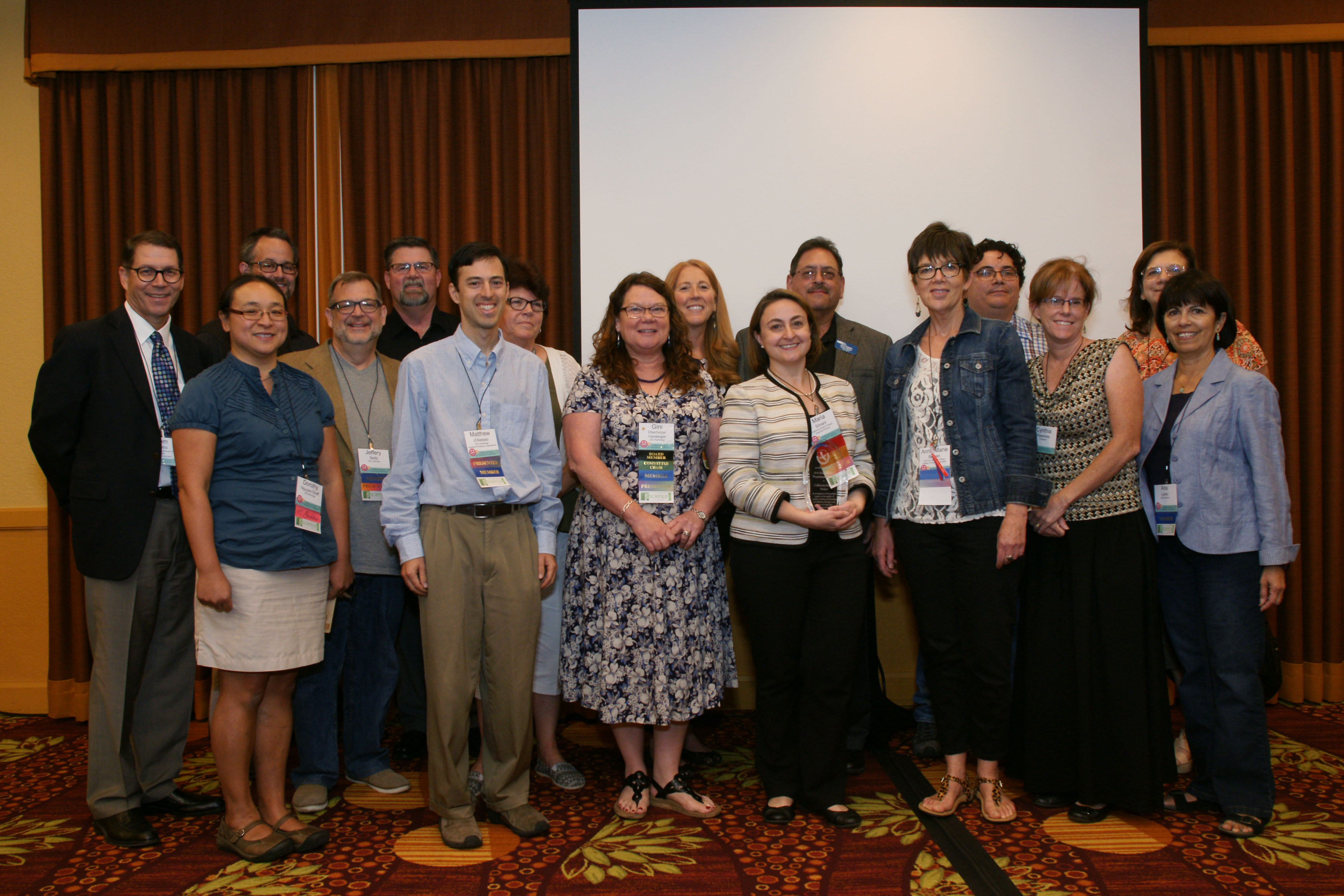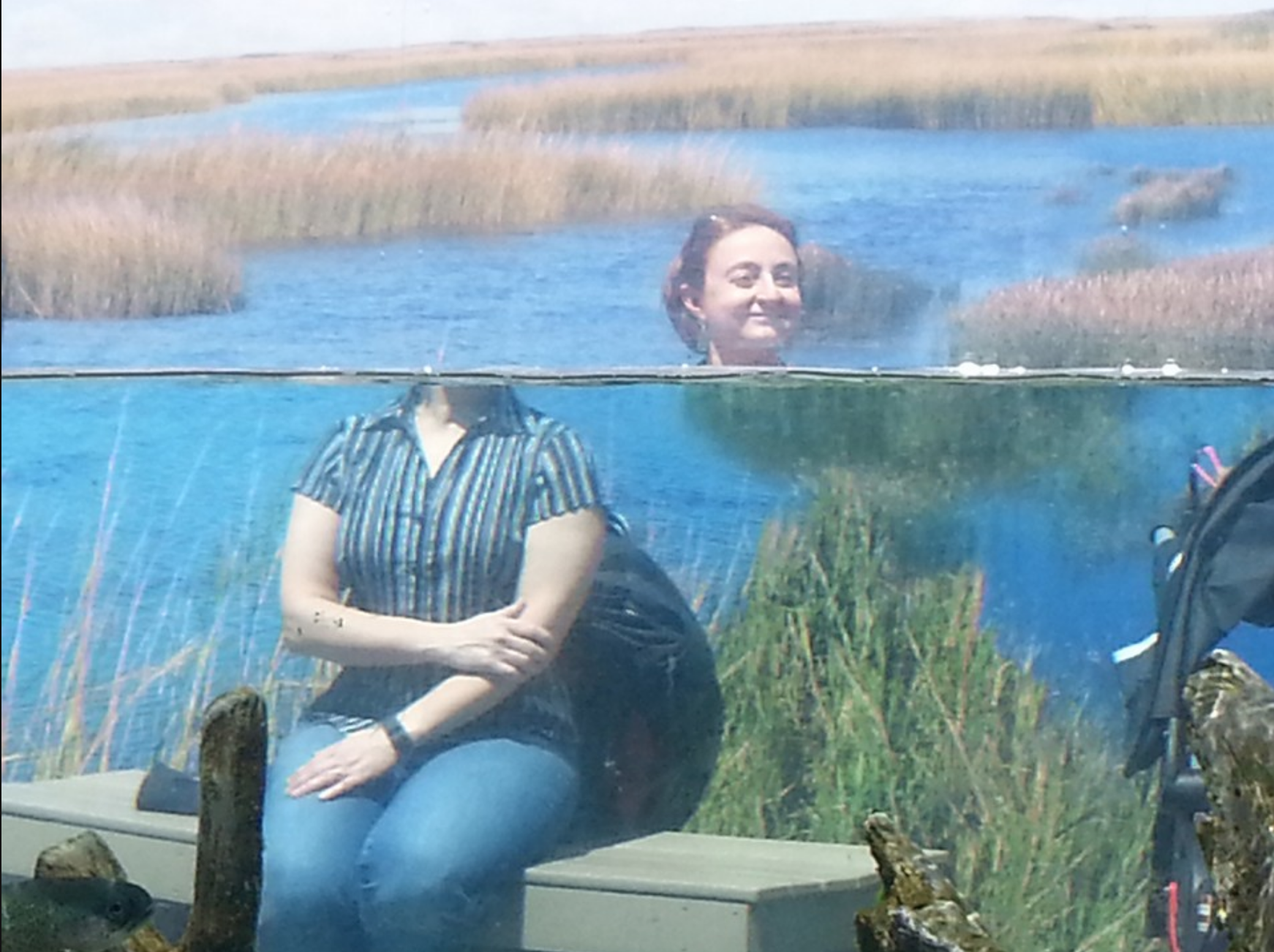Each month we public a short interview with an Executive Director of a different project across the CSMP Network. These posts are intended to communicate the goals of each project, recent successes, and upcoming events! Have a favorite California Subject Matter Project that you want to see featured? Check back each month to see what they are up to!
Introduction
My name is Maria Chiara Simani. I think I started to like science early as a way to understand the simple things I was observing in the world around me: how plants grow from seeds, why adding some flower to a watery sauce makes it thicker, or what are the conditions that make us see rainbows after the rain. I always had a lot of questions and curiosity, but throughout my school years we never had the opportunity to do much science, it was mostly reading from the textbook. Luckily, my family was ok for my brother and me to “play science” at home (and luckily we didn’t do too much permanent damage…) and my grandfather was an electrician and always eager to show us something new about his work (which involves a lot of science!)
The closest I came to “do science” was in high school during physics classes in which we used math to figure out how things worked. I found it very enjoyable using math tools to explain, for example, why two light bulbs in series light up less than when they are connected in parallel to the same battery. Math made it possible to go beyond the observations I was making with my grandfather and understand why things happen in a certain way. And because of my love of math and figuring out the world, I decided to study physics. Finally in college in my hometown of Ferrara (Italy), I had the opportunity to do physics experiments in college labs and then even in real labs like the European Center for Nuclear Research (CERN). I got hooked on experimental high energy physics during a summer internship at CERN in 1996, got my BS and a Master. Then a Ph.D. in high energy physics at the Vrije Universiteit in Amsterdam, working on an experiment at the German Synchrotron in Hamburg. Then, in 2002, I moved to California to work on an experiment at the Stanford Linear Accelerator (SLAC).
Traveling the world, working internationally with people, and all of this while working on questions for which nobody had answers yet, are some of the reasons I like being a physicist.
Moving forward, as a scientist, I started collaborating with teachers in 2004 while participating in a program hosted by the California Science Project at UCSF. I liked trying to work out the challenges teachers face in designing learning experiences for students and since then I made sure to continue collaborating with teachers.
I became the Executive Director of CSP in 2011.
Current Context for Science Education in California

The Next Generation Science Standards were adopted in 2013, but K-12 science in California is not doing too well. In particular, the challenges we faced before the pandemic are still very much present and somewhat aggravated two years after the pandemic. We see very little science being implemented in elementary grades (maybe 1 hour a week, based on recent reports) and lack of high quality instructional materials are impacting the kind of engagements teachers can create for students. Also, time for educators to attend professional development is limited and further impacted by the lack of substitute teachers, in particular in certain regions in the state. But CSP is patient and persistent.
On the CSP’s Impact on Science Education in California
The 12 CSP sites and 2 satellite sites leverage local expertise and knowledge of local educational contexts and systems to provide K-12 educators with learning experiences that are research-based and standards aligned. Every CSP site has developed a portfolio of programs to be adapted for multiple entry points in partnership with educators. This flexibility was crucial during the pandemic in which the large majority of our programs transferred online. We believe that classroom educators have the agency to analyze problems of practice and collaboratively imagine ways to bring student-centered science instruction in their classrooms that honors and affirms the multiple cultural and linguistic resources of students. We also work in partnership with other educational leaders including district and school leaders, coaches, and county offices of education.
On Exciting Recent Projects
The recently funded California Mathematics Science and Computer Science (CAL-MSCS) initiative is a comprehensive and multi-agency vision designed to strengthen the professional learning infrastructure for K-12 educators across the state.
I am proud that CSP is one of the lead organizations in this initiative (CMP is too) and several of the CSP directors serve at the leadership level or at the steering level, making sure that our experience as professional learning providers can serve as a guide for future programming efforts associated with this work. The current infrastructure of the CSP sites does not allow us to reach across the entire state. However, in partnership with other agencies sharing the same educational values for students and teachers it will be possible to expand efforts.
On Upcoming Projects
Too many to mention! I wish I could just travel the state in a RV and constantly visit my sites and experience the great work they are doing with teachers. Perhaps the two I would like to point out. The first one is the Understanding Global Change (UGC) which CSP started partnering with in 2018 and since then we expanded upon through the Bay Area Science Project with multiple cohorts of educators helping out in developing classroom resources. The second one is Climate Champions at UCSD, a flagship program of the San Diego Science Project since 2020, which also leverages UGC resources as well as UCSD experts to create learning opportunities for educators to address the challenges of teaching climate change.

Stay in Touch with CSP!
CSP SO Website: https://californiascienceproject.ucr.edu
CSP Facebook: https://www.facebook.com/CaliforniaScienceProject
